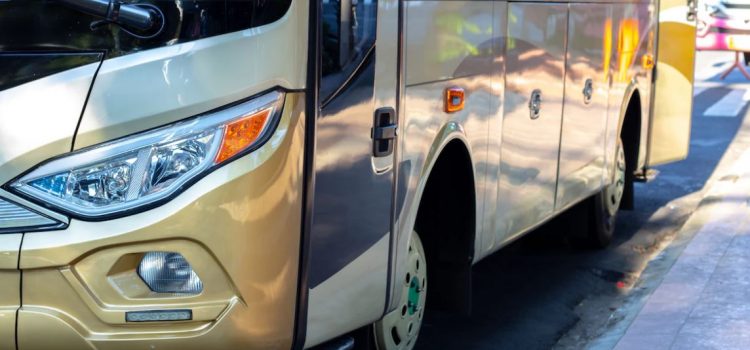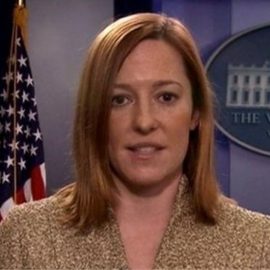
This is a free excerpt from one of Shortform’s Articles. We give you all the important information you need to know about current events and more.
Don't miss out on the whole story. Sign up for a free trial here .
What is the goal of busing immigrants to other states? Does this tactic accomplish any goals?
Recently, there’s been a surge in the number of border crossings, and border states are getting fed up. Florida Governor Ron DeSantis went so far as to fly a group of immigrants to Martha’s Vineyard to prove a point.
Below, we’ll take a look at the two sides of the argument as to whether or not busing immigrants works.
Yes, the Busing Tactic Is Working
Is the governors’ tactic of busing immigrants to northern cities a useful response to this historic influx of immigrants? Supporters say yes, it’s succeeded by drawing attention to the problem.
DeSantis said his transport of Venezuelans to Martha’s Vineyard was only fair so that all communities, especially “sanctuary” cities that don’t cooperate with immigration enforcement, can share the “burden” of caring for immigrants. He acknowledged his desire to stir Democratic officials to pressure Biden to stem the immigrant influx.
Indeed, Massachusetts officials and those in other cities receiving immigrant buses complained that the busing was creating a humanitarian crisis, although the numbers of unexpected immigrants have been extremely small compared to the daily influx that border states must deal with. DeSantis accused these officials of hypocrisy.
The jury is still out on whether the pressure will be a catalyst for meaningful or effective federal policy changes. One indication that it may help to move the needle is that support for immigration is sinking. A Gallup poll in July 2022, coinciding with the busing tactic, found that only 27% think immigration should be expanded, down from 34% in 2020. Meanwhile, 38% think it should be decreased, up from 28% two years ago.
No, It Isn’t Working
Critics of the busing tactic measure it by a different standard—they assert that it’s failed on moral and possibly legal grounds.
It’s inhumane to dump immigrants in cities where they have no contacts and which haven’t built an infrastructure to support them, critics say. Further, it’s immoral to use immigrants as political pawns or props, either to advocate for policy changes or to build support for a political campaign.
Officials in Martha’s Vineyard contended they turned the tables on DeSantis by demonstrating how to respond compassionately and humanely to immigrants, contrary to the governor’s accusations of liberal hypocrisy.
Other critics, including a Texas sheriff who opened an investigation, question whether the bused immigrants were lied to or lured into transport across state lines under false pretenses, which could be illegal.
Additional Considerations
While critics and supporters of Biden’s immigration policy view the busing tactic and reactions to it from their political perspectives, both sides may overlook certain nuances.
- Immigrants could be a plus rather than a burden: CNN reported that while DeSantis flew immigrants from Texas to Martha’s Vineyard to prevent them from coming to Florida, business owners in Florida complained about a labor shortage that asylum seekers could help fill. According to the Bureau of Labor Statistics, there are over 11 million open jobs in the US.
- Busing isn’t necessarily inhumane in all instances: Asylum seekers who’ve been released in border states pending their court hearings often lack funds for transportation to parts of the country where they have relatives or possible work. Some migrants bused from Texas to Washington, D.C., and New York City reportedly welcomed the free transportation. Some migrants flown to Martha’s Vineyard told MSNBC they were thankful to land in a welcoming community with support services. New York City helped migrants who were bused there travel to other states.
- Busing carries a hefty taxpayer price tag: Texas has spent $12.7 million busing about 8,900 immigrants (around $1,300 per person) to New York, Washington, D.C., and Chicago. Arizona spent $4 million busing 2,000 immigrants to Washington, and Ducey budgeted $15 million to continue the program next year. Meanwhile, many migrants disembarked in financially unprepared red states, such as Georgia, North Carolina, and Tennessee, so some buses were almost empty on arrival at their blue state destinations. Immigrants released by border authorities are free to travel and can’t be prevented from exiting a bus where they choose.
What’s Next: There’s No Agreement in Sight
So far the Republican governors’ gambit hasn’t prompted discussion of a solution to the influx of immigrants; rather, various parties are threatening lawsuits. And lifting Title 42—the pandemic policy for returning immigrants to their countries, which is tied up in court—would likely add to the surge.
However, Congress hasn’t enacted comprehensive immigration reform since the Reagan administration in 1986. George Bush and the Democrats in Congress agreed on a compromise bill in 2007, but it failed in the Senate. Barack Obama advocated a comprehensive bill in 2013, which passed the Senate but stalled in the Republican-led House.
Biden’s proposed immigration package would boost border security spending, but also further immigration by expanding asylum eligibility and visa and green card availability, and creating a path to citizenship for undocumented immigrants. Republicans, meanwhile, want to go the other direction, restoring past policies ended by Biden, including “Remain in Mexico,” expanding Title 42, and building the border wall.

Want to fast-track your learning? With Shortform, you’ll gain insights you won't find anywhere else .
Here's what you’ll get when you sign up for Shortform :
- Complicated ideas explained in simple and concise ways
- Smart analysis that connects what you’re reading to other key concepts
- Writing with zero fluff because we know how important your time is






